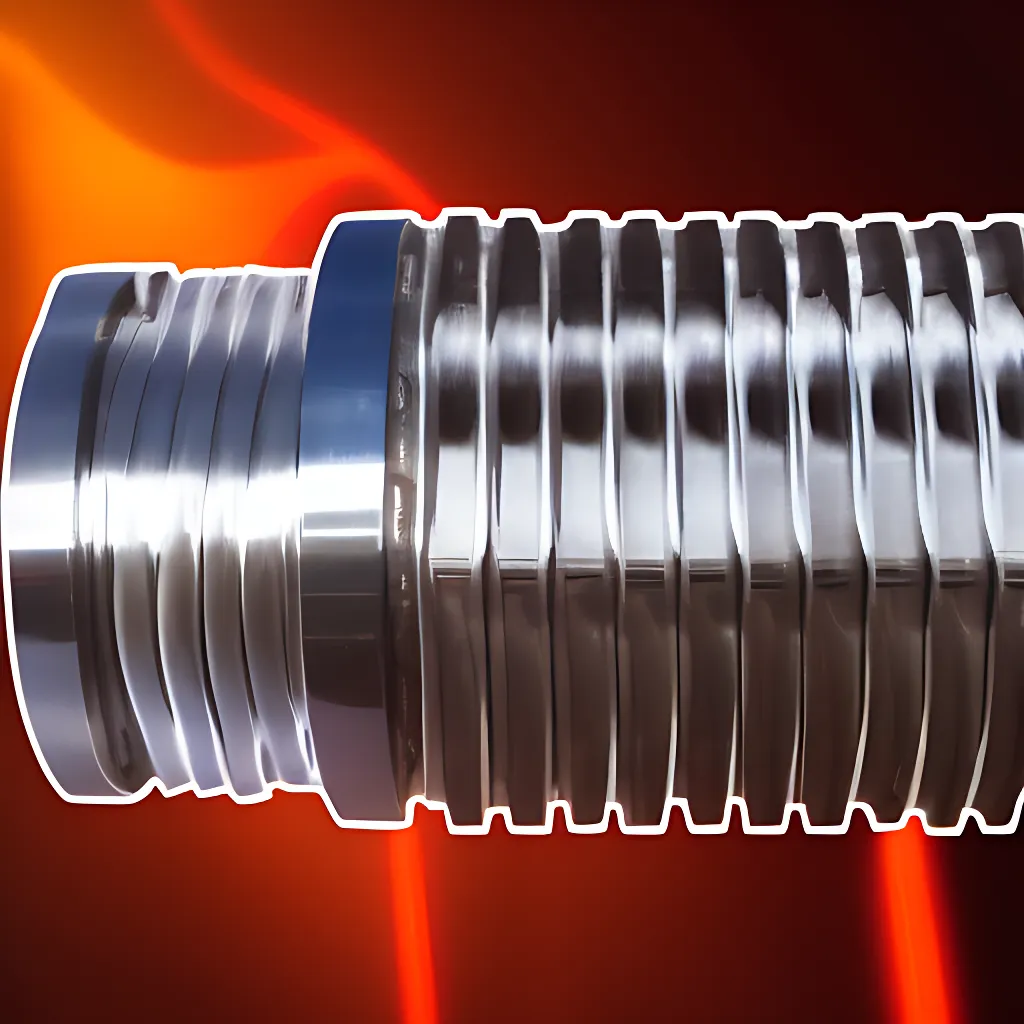Last updated: First published:
The Cam-Shaft

PREREQUISITE
What is it?
This tools is intended to avoid the pseudo-smooth-scroll effect.
See the interactive demo of the effect and the interactive demo of the solution using the cam-shaft.
Installation
To use the Cam-Shaft, you can install the npm package in your project. Alternatively you can load the script from one of the global content delivery networks that provide npm packages.
- Install
@vtbag/cam-shaft@latestfrom npm. - In your project, add
@vtbag/cam-shaft/index.jsas an inline script at the beginning of the<head>element on all pages of your site.
Details depend on your project setup and the frameworks used, but it can be as simple as:
import shaft from "@vtbag/cam-shaft?url";<html> <head> <script src={shaft} /> ... </head> ...</html>;You can load the script from CDNs such as jsdelivr.net or unpkg.com. Place the script inline at the beginning of the <head> element on all pages where you need avoid pseudo-smooth-scrolling.
Using jsdeliver.net:
<html> <head> <script src="https://cdn.jsdelivr.net/npm/@vtbag/cam-shaft" /> ... </head> ...</html>or alternatively using unpkg.com:
<html> <head> <script src="https://unpkg.com/@vtbag/cam-shaft" /> ... </head> ...</html>Configuration and Usage
The Cam-Shaft script needs to know which view transition name’s images it should bump and nudge. By default, it assumes it should handle ::view-transition-group(main).
If you need to target a different view transition name, you can use the data-view-transition-names attribute in the script tag. For example, the following will instruct the script to handle images for ::view-transition-group(content):
<script src=... data-view-transition-names="content"/>As you may have guessed from the plural form, you can specify multiple view transition names by separating them with spaces, allowing the script to manage several groups.
